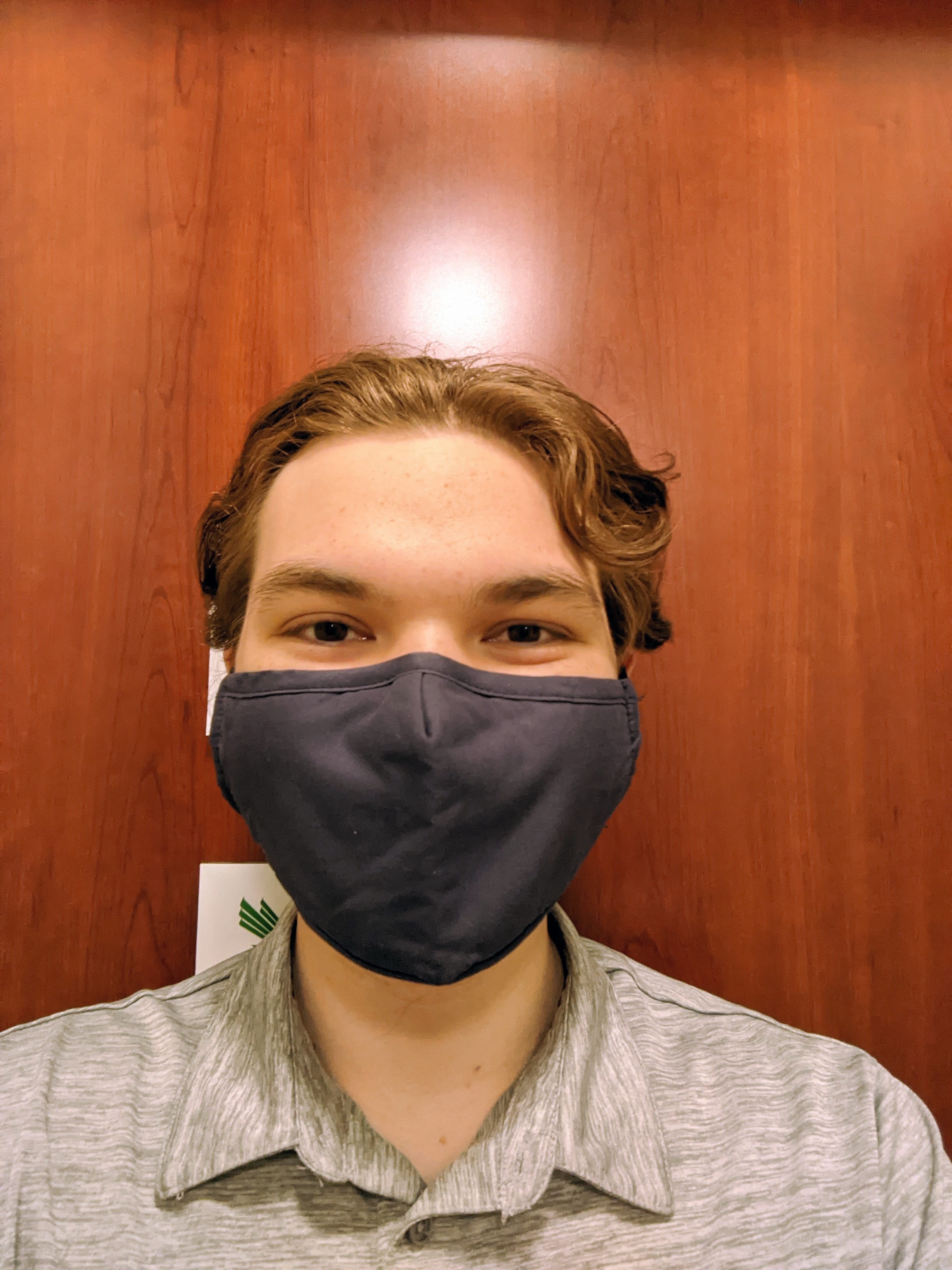Below is a summary of the abstract you submitted. Presenting author(s) is shown in bold.
If any changes need to be made, you can modify the abstract or change the authors.
You can also download a .docx version of this abstract.
If there are any problems, please email Dan at dar78@pitt.edu and he'll take care of them!
This abstract was last modified on March 16, 2021 at 4:28 p.m..

Students in the SEA-PHAGES program at the University of North Texas isolated, characterized, and have started annotating six novel bacteriophages from Streptomyces griseus (Sham, Stigma, SunsetPointe, Treat, and Unstoppable) and Streptomyces sanglieri (Piccadilly). All of the phages were sequenced at the University of Pittsburgh. Of the phages isolated, one was characterized as cluster BP (Piccadilly), two as subcluster BK1 (Sham and Stigma), two as subcluster BD1 (SunsetPointe and Unstoppable), and one as cluster BF (Treat). The cluster BP phage, Piccadilly, had a GC content of 71.2% and a genome length of 37,544 base pairs. The subcluster BK1 phages had an average GC content of 47.1% and an average genome length of 129,891 base pairs. The subcluster BD1 phages had an average GC content of 66.25% and an average genome length of 49,757 base pairs. The cluster BF phage, Treat, had a GC content of 59.6% and a genome length of 46,094 base pairs. The phages are still being annotated and gene functions are currently being assigned bioinformatically. A majority of the genes in Sham, Stigma, and Piccadilly were found to be forward, and in SunsetPointe, Treat, and Unstoppable there were an even amount of forward and reverse genes. As current annotations are being done, it’s clear that many of the genes in these phages are very similar to other genes found in other final annotated phages of the same pham. Sham is often compared to Faust, a phage found by Washington State University in St. Louis, and Stigma is compared to Belfort, a phage found by Washington State University in St. Louis as well. In a similar fashion, SunsetPointe is compared to Caliburn, Treat to Immanuel3, Unstoppable to Aaronocolus, and Piccadilly to Cumberbatch; all of which were found by the University of North Texas. Finally, as the phages are currently being annotated, there seems to be evidence of tRNAs in Sham, Stigma, and Treat, but further analysis is to be done to confirm the initial auto-annotation.




